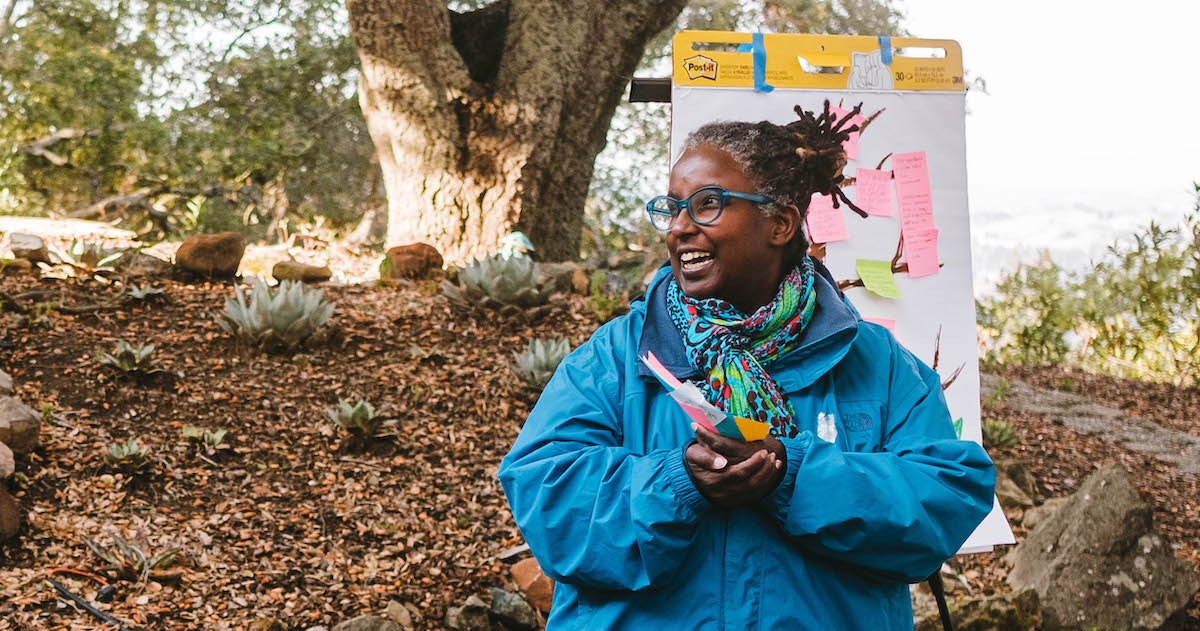The start of a new year always brings new goals, dreams, and plans. Personally, I try to let go of creating strict resolutions for myself. Instead, I like to pick topics and practices that I want to work on, and then I look for opportunities to learn and grow in those areas.
With that in mind I’d like to offer 5 predictions for our work and the world in 2023, as well as some opportunities and implications that arise from them:
- Look locally for innovation and progress — and be prepared for new fights. While our movements must contest for power at all levels of government, a divided Congress and an increasingly extreme Supreme Court means we should not expect much good news to come out of DC. Instead, cities and states will be where we’ll see innovative ideas and fights. At the same time, we should expect our opponents to continue their efforts to constrain our options: from interfering with the freedom of cities to address local needs, to making it far harder for workers to go on strike. We must both fight these attacks and be bold in exploring new approaches to tap into the full power of our communities
- As our broken systems fail to provide adequate care, people will organize to get it themselves. Low-income folks, immigrants, people of color, and gender-oppressed folks have always practiced community care. From community fridges to shared childcare, working people know how to organize and care for one another when systems fail them. We can help take that one step further by connecting community care to local governance. People know what they need. If we can support folks in wielding their power and knowledge to do things like shape city budgets and bargain for union contracts, then we can transform our communities into places where people can truly thrive.
- Workers and tenants in more sectors will rise up against rampant exploitation. Whether at home or at work, corporations are extracting the health and wealth of people in our communities. In response to issues like rising rents, cutbacks on home repairs, low pay, unsafe working conditions, and retaliation, people are organizing and demanding better from landlords and employers. We’ll see even more of this in 2023 — people in new sectors and places standing up to say enough is enough. Core to our task must be building the permanent infrastructure and movement homes that can channel this surge of energy into long-term power.
- The next battleground for climate justice will be around Energy Democracy. Between billions in federal dollars and efforts to replace gas stoves and heaters with electric ones, there’s a growing focus on buildings and the energy that powers them as a key area where we must reduce climate emissions. But without a sharp climate justice lens, there’s a serious risk that the needs of frontline communities and working people won’t be addressed. We’ve seen private utility corporations fight efforts to phase out gas, increase energy efficiency, and lower bills. It’s time to take on these private utilities, drawing inspiration from the cities and towns that are already experimenting with energy democracy — alternative models like microgrids and publicly-owned utilities that provide affordable green energy owned and governed by communities.
- The more we build intersectional long-term relationships, the more we will win. Across organizations, issues, and geographies, our fights are deeply connected, from warehouse workers demanding safe conditions during record-breaking heatwaves to renters and families fighting back against greedy corporate landlords. We need to be playing as one team with a shared vision for our communities to hold governing power. The way we get there is by developing deep relationships with one another and building the muscle for everyone in our communities to act and lead in ways that are multiracial, feminist, and democratic.
This is not an exhaustive list and I imagine these predictions and implications will continue to unfold and evolve beyond 2023. Our fights and campaigns do not start and end with the calendar year, they are much longer term than that.
What I do love about the start of a new year is this sense of reflection and renewal. Perhaps this time of year can be when we renew our commitments for the long haul. We should not expect large structural changes to happen within a year. What we can do is set ourselves up to win the fights that take us one step closer to an abundant, free, and joyful world.
